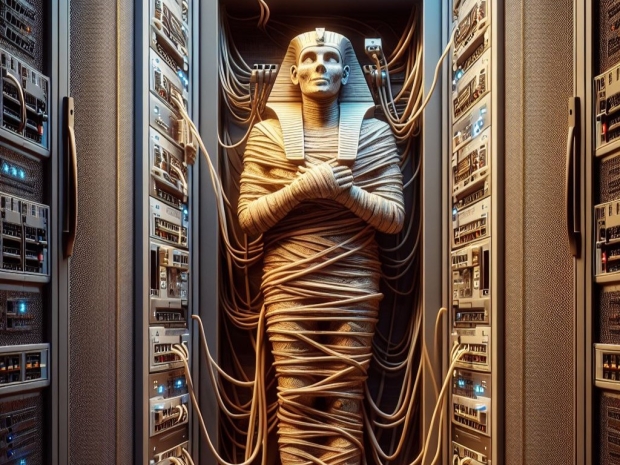This marks an alternative to lithium-ion batteries, boasting benefits such as speedier cycling, extended lifespan, and safer usage.
For those who came in about 2000 years too later, Natron was a sodium salt used in embalming ancient Egyptian mummies. It is 500 to 1,000 times more abundant than lithium on our dear planet Earth and doesn't require the same kind of earth-damaging extraction.
Moving beyond the sodium vs lithium debate, Natron claims its sodium-ion batteries are made entirely from readily available commodity materials, including aluminium, iron, and manganese. Moreover, Natron's sodium-ion chemistry materials can be sourced through a reliable US-based domestic supply chain, free from geopolitical disruption. The same can't be said for common lithium-ion materials like cobalt and nickel.
In recent years, sodium-ion technology has been gaining popularity as a more reliable, potentially cheaper energy storage medium. While its energy density trails behind lithium-ions, perks such as faster cycling, longer lifespan, and safer, non-flammable end use have made sodium-ion an appealing alternative.
This is especially true for stationary uses like data centres and EV charger backup storage. Natron says its batteries charge and discharge at rates ten times faster than lithium-ion, a level of immediate charge/discharge capability that makes the batteries a top contender for the ups and downs of backup power storage. Another feather in its cap is an estimated lifespan of 50,000 cycles.
Natron says its batteries charge and discharge at rates 10 times faster than lithium-ion, a level of immediate charge/discharge capability that makes them a prime contender for the ups and downs of backup power storage. An estimated lifespan of 50,000 cycles also helps in that use case.
A 2022 article from Chemical & Engineering News put sodium-ion batteries at 70 Wh/kg, around the bottom of the sodium-ion energy density scale. That aligns well with the company's stationary-only business plan, as sodium-ion batteries being pursued for potential mobility use have more than double that density. CATL showed a 160 Wh/kg sodium-ion battery in 2021 and plans to increase that density to over 200 Wh/kg to meet the needs of electric vehicles better.
Natron's plans call for the Holland facility to crank production up to 600 megawatts annually at full tilt, serving as a model for future gigawatt-scale facilities. In the two years since we last looked at Natron's plans, AI has grown much more power-hungry, so it's not surprising that the company's initial target is AI data storage centres, where its fast-cycling batteries could become an essential power management tool. It plans to begin the first deliveries in June.
Natron intends to expand its focus to other industrial power markets, mentioning EV fast-charging and telecommunications as targets.




